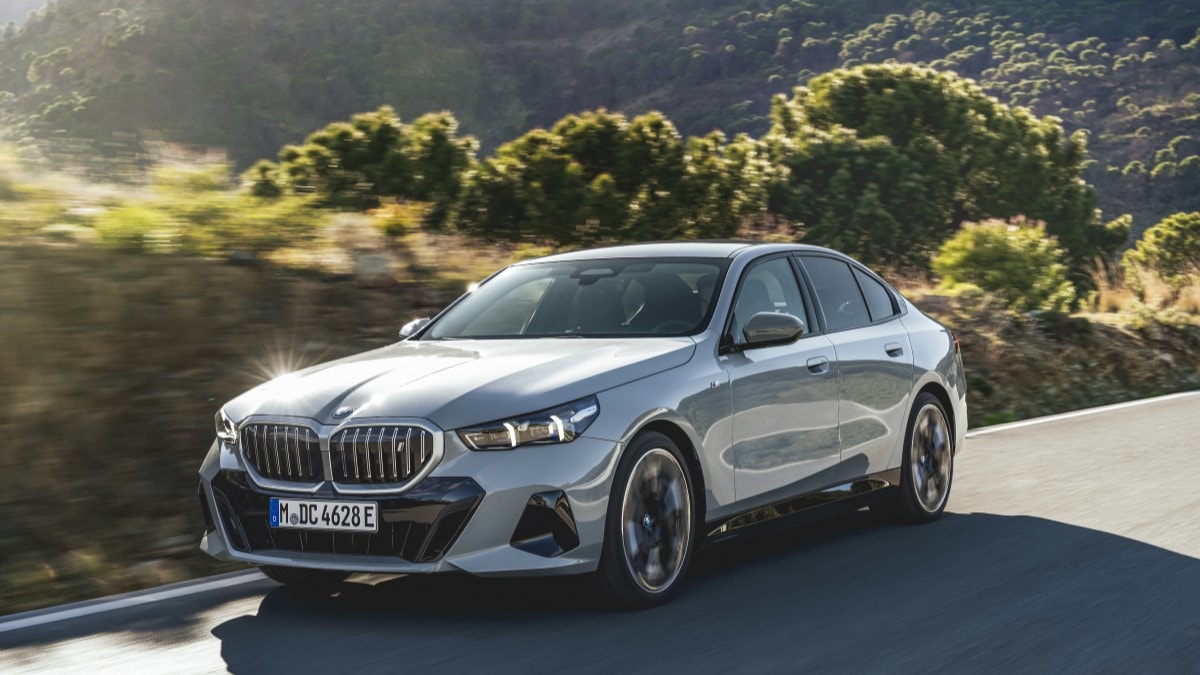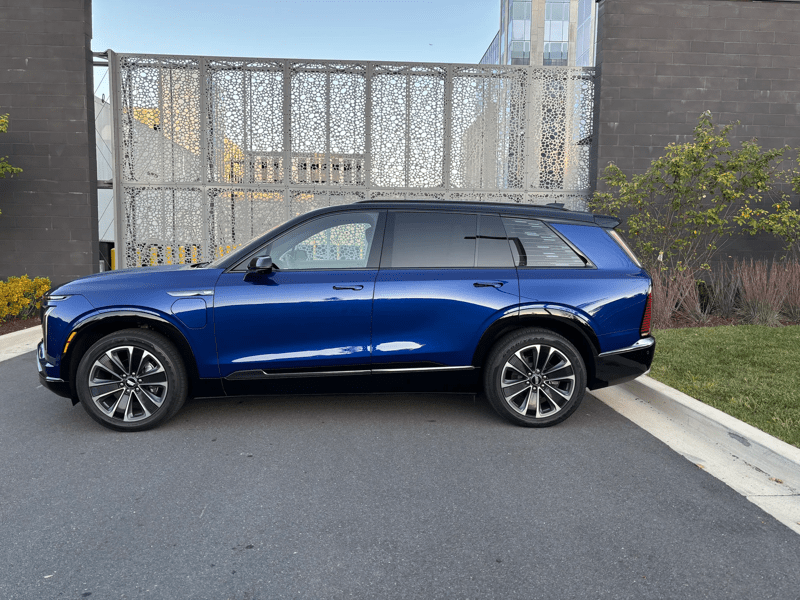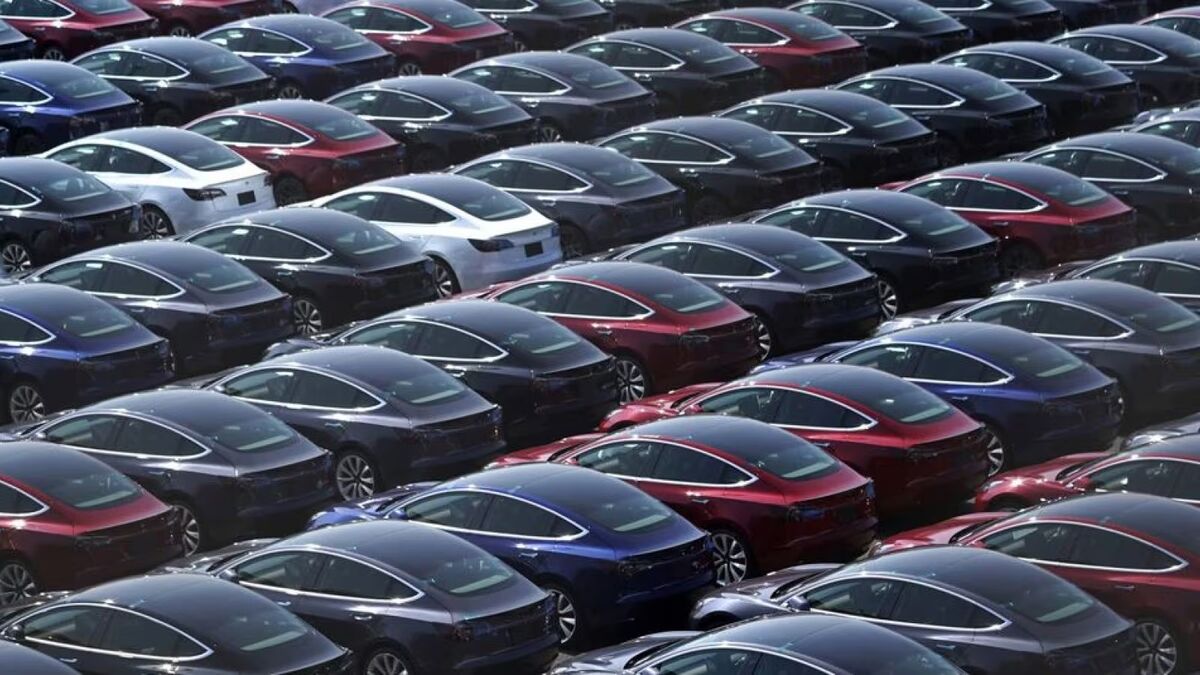This week, I am Luke Skywalker. It’s a bad idea, apparently. A new survey shows that I should sound more like a V8 when I motor through your neighborhood, but until Wednesday, I’ll be on the speeder bike on Endor.
As an automotive journalist, automakers occasionally lend me cars for a week to evaluate and review. At the moment, I’m in a 2024 BMW i5 – an electric luxury car with a zero-to-60-mph time under four seconds and a series of driving modes, each of which provides its sound. Most of the sounds are fit for a sci-fi flick.
In this case, literally. BMW hired Oscar-winning Hollywood composer Has Zimmer to create sounds for its electric vehicles (EVs). The i5 calls to mind nothing so much as the forest chase on Endor in 1983’s “Return of the Jedi.” At least, it does if that’s your childhood frame of reference for zoomy science fiction things.
However, a new study says it should just sound like a car.
Whoosh, Not Pew-Pew
Industry publication Automotive News explains, “The type of sound that survey respondents liked best evoked wind, water and white noise, suggesting people gravitate toward sounds that remind them of the ‘whooshing’ of a gasoline-powered automobile passing by. The losing type of sound was more tonal — hummable pitches in high frequencies that people likened to something out of science fiction.”
Market research firm CloudArmy performed the survey, but Listen, a company that calls itself a “sonic branding” agency, funded the effort. Listen lists the Ford Mustang Mach-E as its spotlight project.
According to Listen, the Mach-E uses a simulated engine sound that “merges futuristic elements with classic tones.”
So I take the research with a grain of salt — the company that told Ford to use simulated car sounds for its EVs paid for research showing that people want simulated car sounds.
Like Music, Or Like Machines?
Listen created ten sounds for the research: five tonal, like musical chords, and five nontonal, closer to wind or rustling leaves. They polled more than 400 American adults, half of whom were EV owners and half of whom would consider buying an EV.
“The nontonal sounds scored well on likability and noticeability, though tonal sounds had a slight edge for noticeability,” Automotive News reports.
Federal law requires EVs to make external sounds at 18.6 mph or under for pedestrian safety. Nontonal sounds, says Paul Amitai, executive strategy director at Listen, create “the right amount of tension” to alert pedestrians without annoying them.
Renzo Vitale, creative director for sound design at BMW Group, disagrees. He told Automotive News that an EV’s sound “doesn’t need to sound like a perfect major chord” but can have tonal elements he likened to church bells.
Vitale, who is responsible for the soundscape of cars ranging from Mini Cooper coupes to Rolls-Royce sedans, says he aims for each to sound like part of a larger score.
Whether the whoosh fanatics or the speeder bike pretenders win out, one thing is certain – intersections will sound wildly different in 30 years. Vitale says that is a good thing. “I’m really not scared about having more diverse sounds in our cities.”








